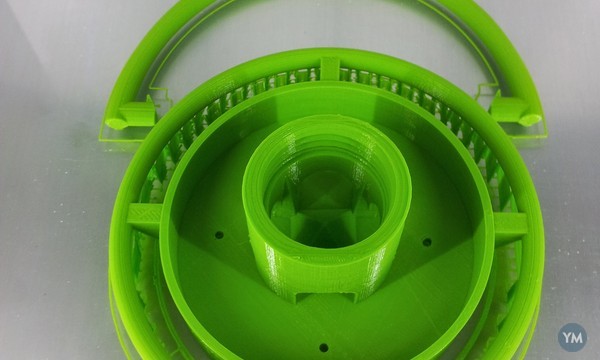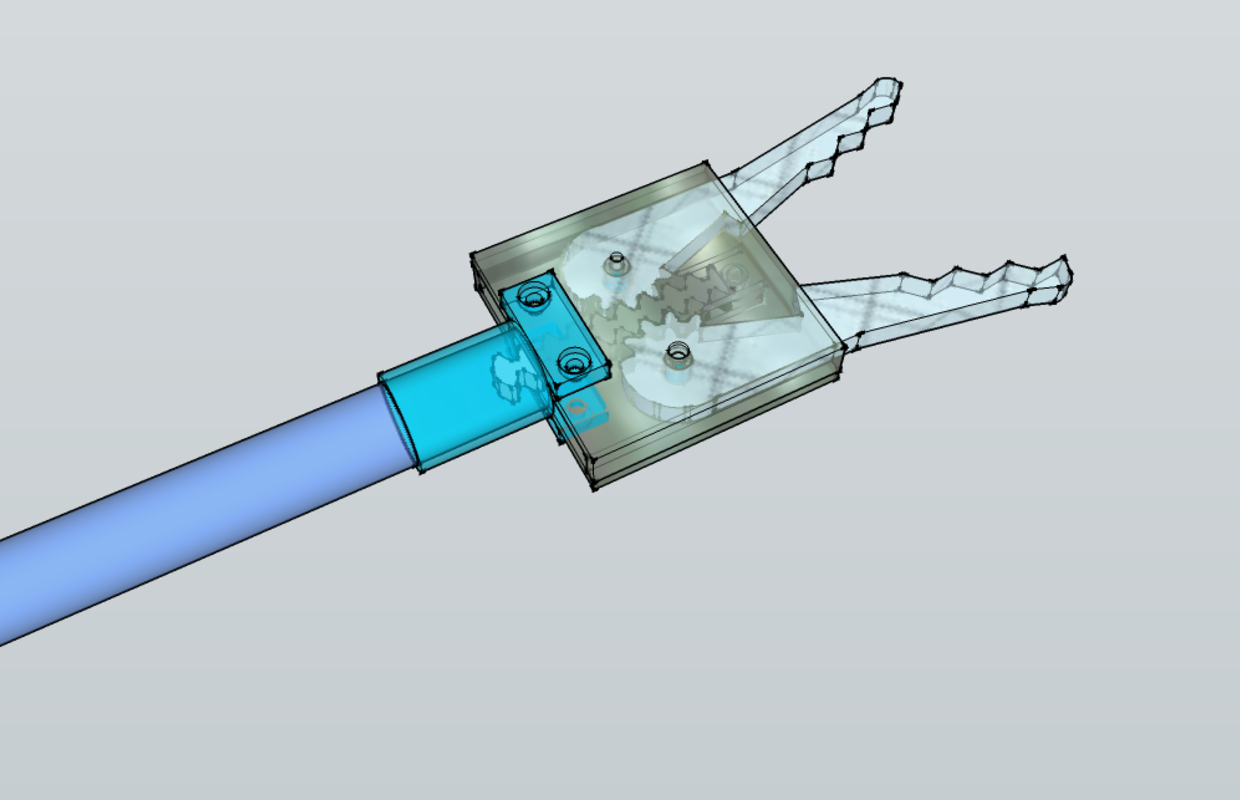After long deliberation and discussion we’ve finally been able to decide on the winner of our “Develop a New 3D Printing Technology Challenge.” We looked closely at the level of innovation, feasibility & achievability of the technology. We also looked at to what extent the entries would revolutionize 3D printing and be a step change in 3D printing for the desktop 3D printing user. We tried to determine which technologies were not already being worked on within the open source 3D printing community. We also looked at which technology would let designers & makers explore new design directions in 3D printing and make new things possible. Our final conclusion was to award two Ultimaker Originals to two winners.
The First Winner is Laird Popkin with his “High Speed Large Format 3D Printing with Detail Finish” Idea. Laird wanted to solve the issue that 3D printing is too slow by creating a dual nozzle 3D printer. And “build a printer with two extruder nozzles, one very large (e.g. 1.2mm) and one much smaller (e.g. 0.4mm), and to configure/modify the slicer software so that it can use a single perimeter layer that is fine resolution (small nozzle, 0.1mm to 0.2mm layer height) and then interior perimeter and infill using much thicker lines of filament (large nozzle, 0.5-1mm layer height).” He wanted to, “make the modifications to the open source slicer software and configurations to optimize print speed and quality for such as configuration.” His goal was to, “Once the software and configuration are validated on standard hardware, my ultimate goal is to “hack” the Ultimaker to support 2x dimensions, for 8x the print volume, in order to be able to extremely rapidly print prosthetics for entire adult limbs in a single print.” He wanted to start with the Gigimaker design for a large format machine and go from there. We loved the ambition but also thought that he had considered the issues and problems well. We thought that this would greatly help the open source 3D printing community and that he had thought well about the issues and challenges at stake. We hope that Laird enjoys getting an Ultimaker Original and can’t wait to see what he shares with the YouMagine community.
Our second winner is XYZAidan‘s Silicone 3D Printing Process. Aidan made a video describing his process, you can check out above. We liked his ambition and by introducing new materials and a completely new way of 3D printing we could see that his idea could radically transform 3D printing for the home user. His idea to 3D print a silicone mix could be difficult to implement. If he is successful however it would be a significant advance for desktop 3D printing.
In addition to silicone his 3D printing technology would open up 3D printing to many more 2 component materials and this would greatly add to the home user’s 3D printing arsenal. Aidan wants to increase the resolution of 3D printing with his technology and also bring about higher print stability. He hopes to be able to extrude the silicone while having it cure inside the 3D printer’s nozzle. We love this idea and can’t wait to see him implement it! Congratulations to both Aidan and Laird on winning their Ultimaker Original’s. We hope they share their innovations with the YouMagine community and that their work lets others create more technology at home!










































